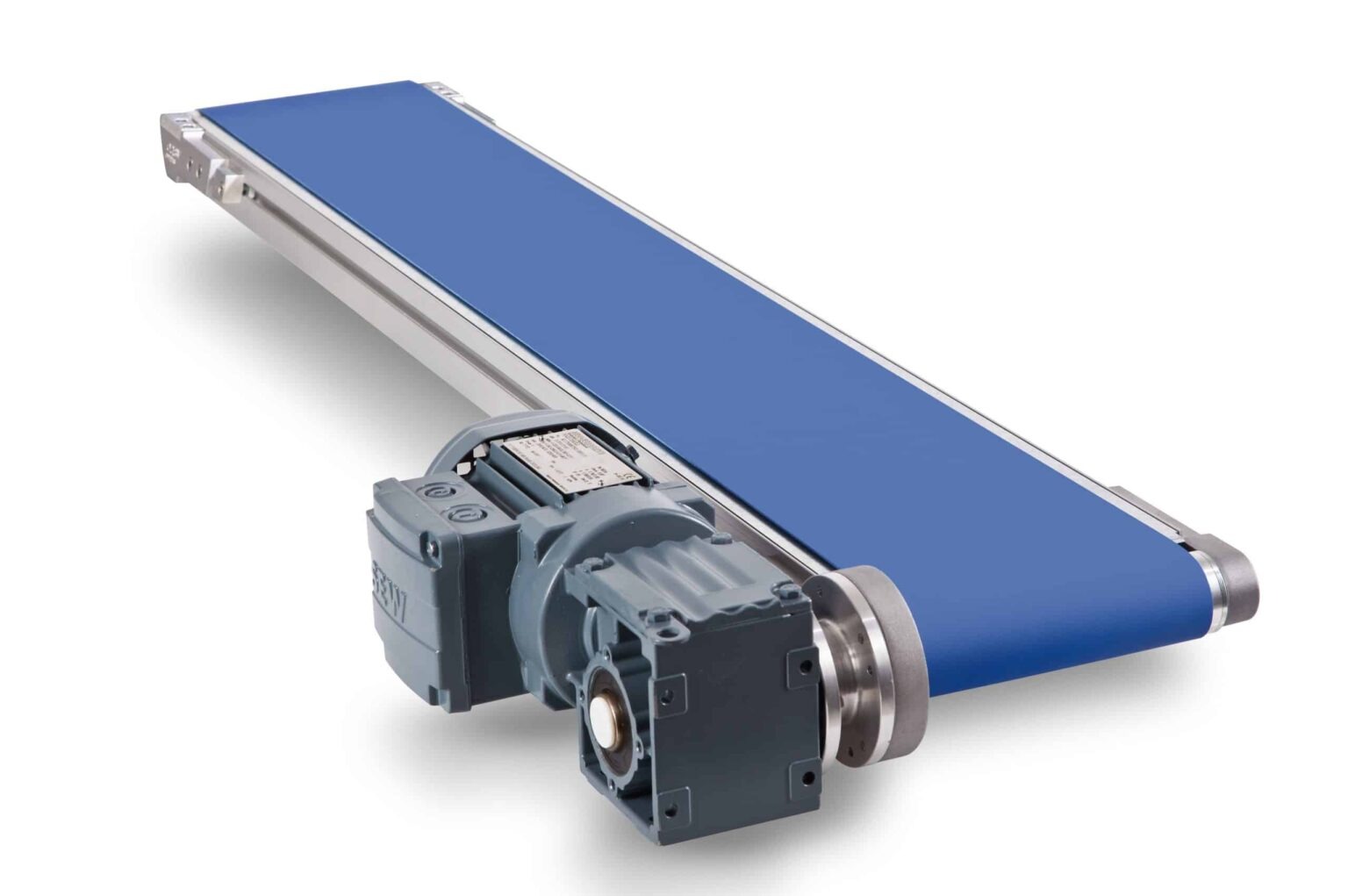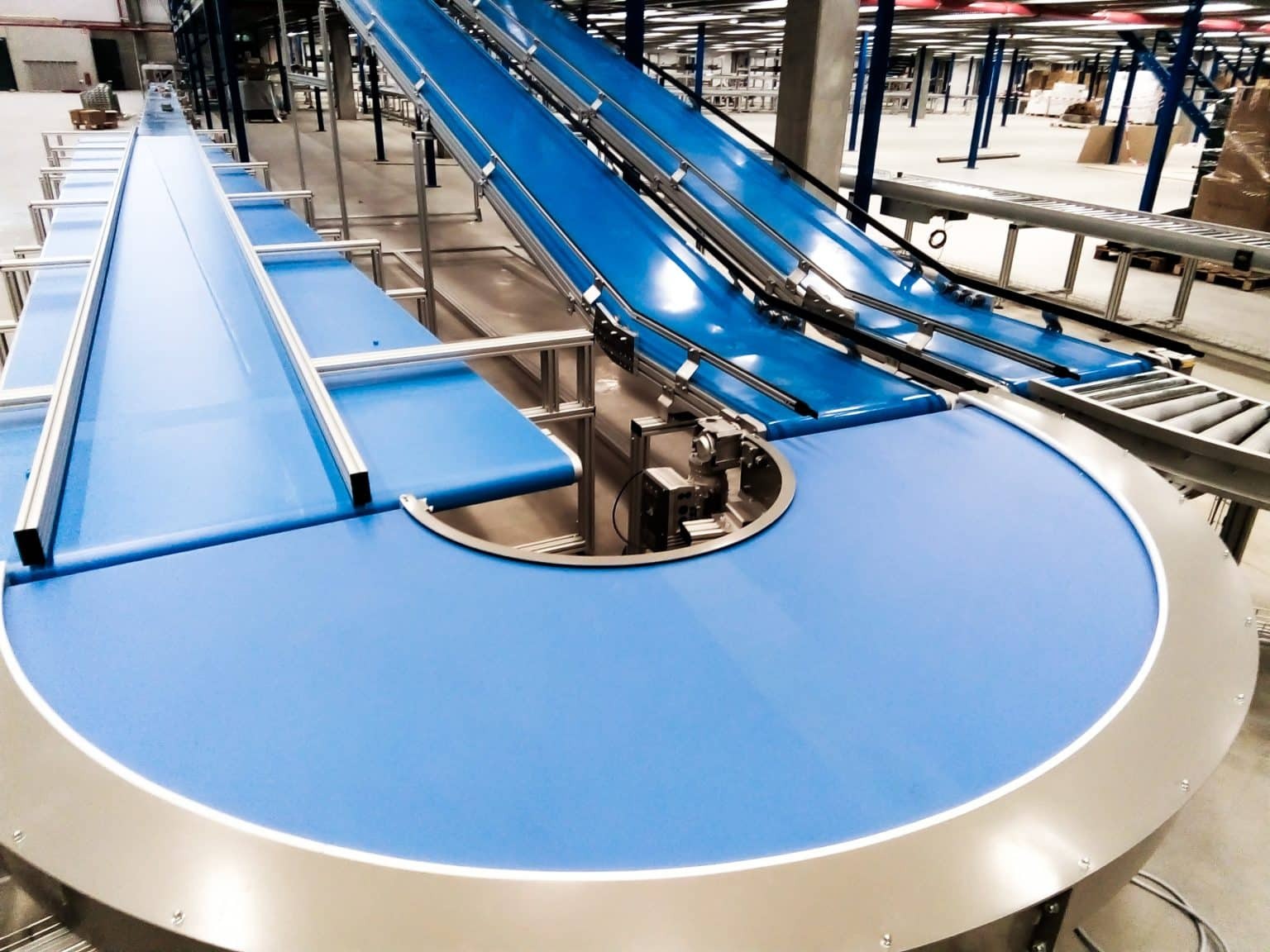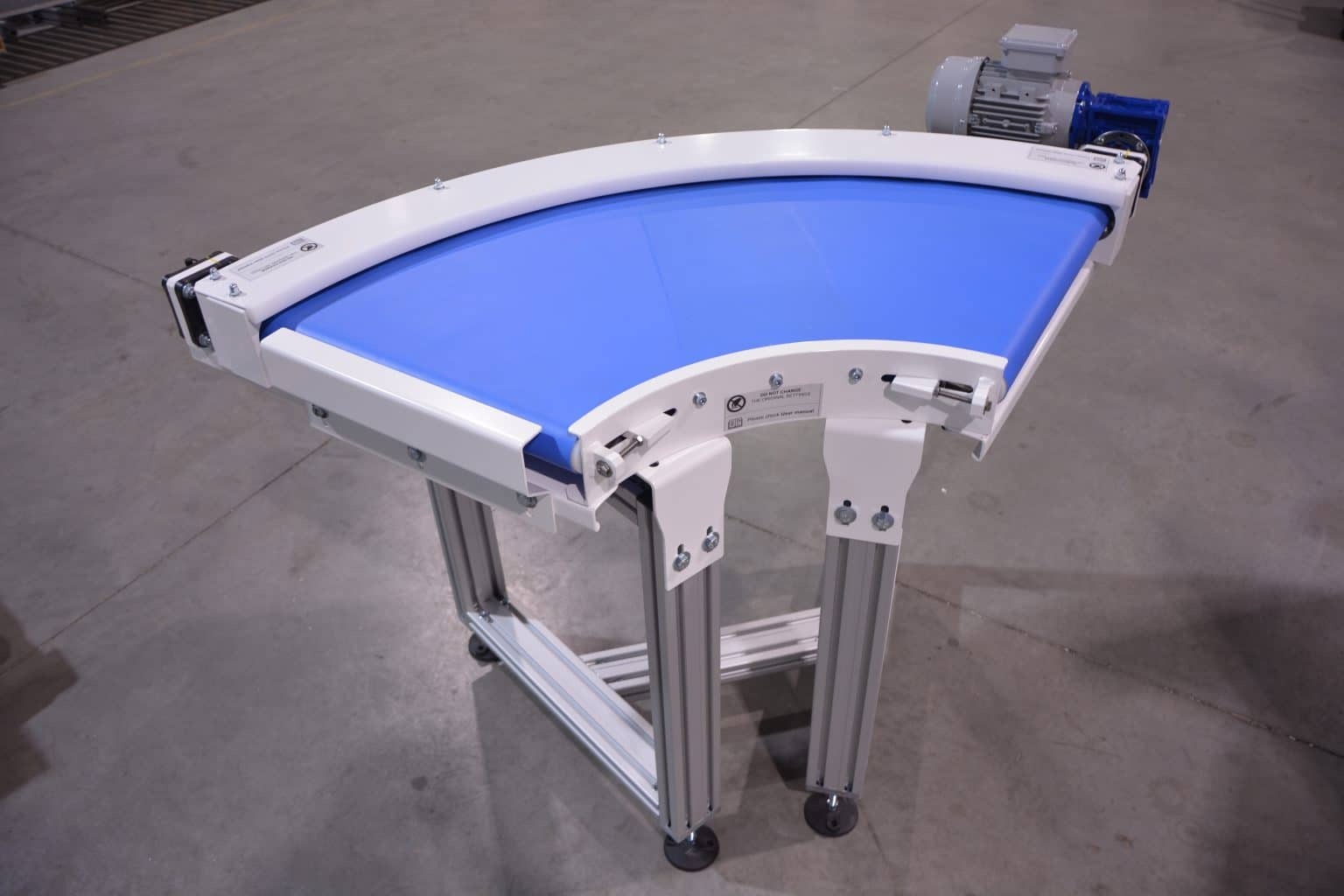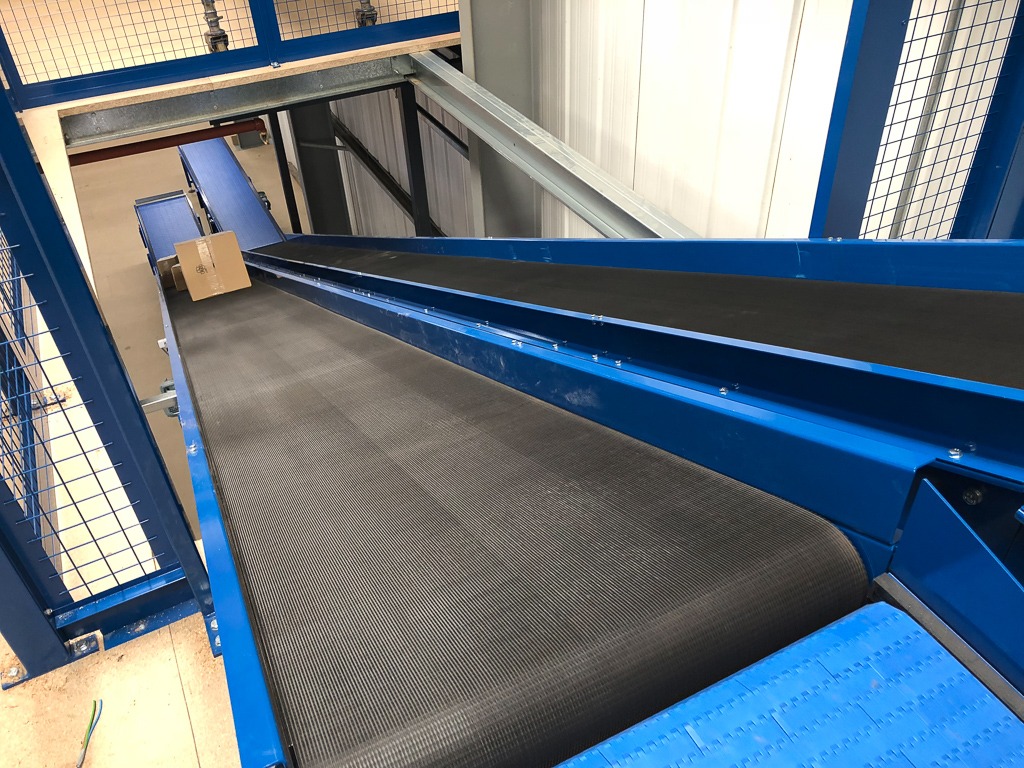"Evolution of Belt Conveyors:
Pioneering Progress in Material Handling"


The history of material handling is a tale of innovation and progress, and at the heart of this story lies the evolution of belt conveyors. From humble beginnings to the sophisticated systems we see today, belt conveyors have transformed the way industries handle and transport materials. In this comprehensive blog, we journey through the remarkable evolution of belt conveyors, exploring their inception, technological advancements, and the role of pioneers in shaping these indispensable tools of modern industry.
The Early Origins: Pre-Industrial Revolution
The concept of conveying materials using belts dates back to ancient civilizations. Egyptians used rope-and-bucket systems to transport water, while the Greeks and Romans employed rudimentary conveyor-like devices for moving goods within mines and ports. These early systems laid the groundwork for future innovations.
The Industrial Revolution: Birth of the Conveyor Belt
The true revolution in conveyor technology began during the Industrial Revolution in the late 18th century. Key developments include:
Leather Belts: The first conveyor belts were made of leather, used primarily for short-distance applications in factories and mines.
Wire Mesh Belts: In the early 20th century, wire mesh belts emerged, improving the durability and versatility of conveyors.
Popular Posts
03 Mar 2018
Elevating Efficiency: A Deep Dive
08 Mar 2018
Choosing the Best: Dense Phase
25 Mar 2018
Silencing the Roar: Hood Covers
Categories
Coal Handling Plant
Harnessing Nature's Potential
Unlocking Efficiency: The Versatile
Time Schedule
Monday - Friday 9:00 - 18:00
Saturday 9:00 - 5:00
Sunday Closed
Invention of the Conveyor Belt
The invention of the modern conveyor belt is attributed to Richard Sutcliffe in 1905. His invention incorporated a rubber belt and a mechanical system, allowing for continuous, automated material handling. This innovation marked the birth of the conveyor belts we know today.
World War II: Rapid Advancements
During World War II, conveyor technology witnessed significant advancements due to the demand for efficient material handling in manufacturing and logistics. Innovations during this period included:
Flat Rubber Belts: The introduction of flat rubber belts improved load-carrying capacity and durability.
Roller Conveyors: Roller conveyors, with powered rollers, allowed for more precise and controlled movement of materials.
Post-War Era: Technological Progress
After World War II, conveyor technology continued to evolve:
Nylon and Polyester Belts: New materials like nylon and polyester replaced rubber, enhancing the strength and versatility of conveyor belts.
Modular Belt Systems: : Modular belt conveyors emerged, offering customizable and efficient solutions for various industries.
Late 20th Century: Automation and Specialization
The late 20th century witnessed a surge in conveyor automation and specialization:
Automation: Conveyors became integral to automated production lines, increasing efficiency and reducing labor costs.
Specialized Belts: Industries developed specialized conveyor belts for unique applications, such as food handling, heavy-duty mining, and high-temperature environments.
21st Century: Digital Integration and Sustainability
In the 21st century, belt conveyors have continued to evolve:
Digital Integration: Conveyor systems are now integrated with digital technologies, offering real-time monitoring, predictive maintenance, and process optimization.
Sustainability: Modern conveyors focus on energy efficiency and sustainability, utilizing advanced materials and eco-friendly designs.
The Future of Belt Conveyors:
The evolution of belt conveyors is far from over. The future promises:
Smart Conveyors: Continued integration with AI, IoT, and automation for enhanced efficiency and real-time decision-making.
Green Conveyors: Development of eco-friendly conveyor systems with reduced energy consumption and environmental impact.
In conclusion, the evolution of belt conveyors is a testament to human ingenuity and the constant quest for efficiency in material handling. From rudimentary systems to complex, digitally integrated solutions, belt conveyors have come a long way, shaping industries and revolutionizing the movement of goods and materials. As pioneers in this field, Rollcon Technofab India Pvt Ltd continues to contribute to the ongoing evolution of belt conveyors, providing cutting-edge solutions that drive progress and innovation in material handling across industries worldwide.





